4 of the most amazing walking trails to take in the Dedham Vale (as rated by us...!)
A brisk walk in the countryside can work all kinds of wonders on our physical and mental health. According to the latest research, just 30 minutes of walking a day can improve our fitness, reduce our stress levels, and improve our overall well-being.
In the Dedham Vale, we’re surrounded by some of the most amazing countryside and an abundance of walking routes for all ages and fitness levels. Whether you want to take a full day out to journey around the stunning Constable Country, or you’re looking to do a morning or afternoon circular jaunt to take in some of the local sights, there is sure to be a route to suit.
Here, we’ve listed four of the very best walking routes in the area. Time to get your walking boots out! Now, which one will you try?
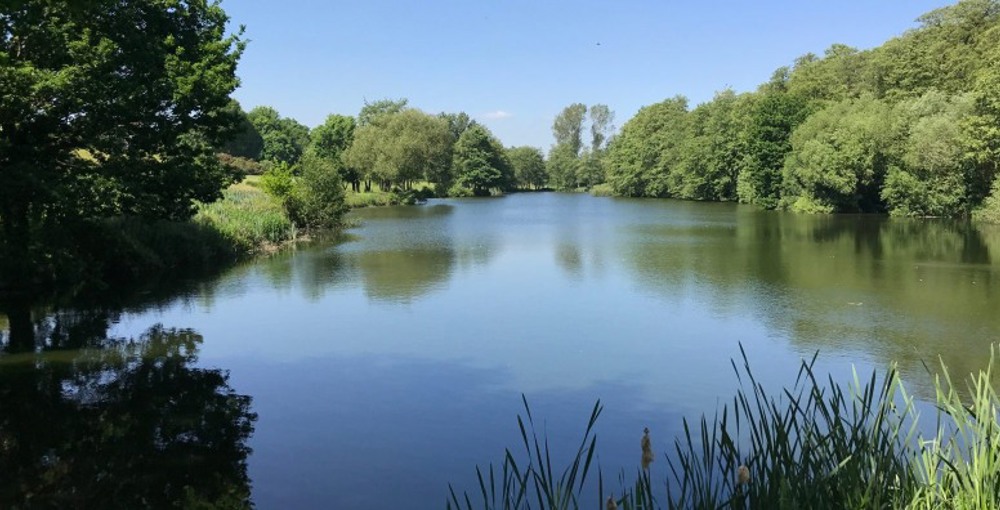
The Box Valley Walk
The Box Valley is one of the most scenic of the tributary streams that flow into the River Stour. Exploring the area can be either an easy or a more difficult walk, the longest being approximately 14.5km and the shortest 9km. Box Valley encompasses three circular walks through the main villages of Boxford, Polstead, and Tendring. The complete route is full of rolling countryside and a variety of wildlife with several viewpoints on the way to stop and admire.
The best place to start your walk is in the village of Stoke by Nayland, just down the road from us. No matter your chosen route, you’ll see a variety of sights, from beautiful churches to timber-framed houses and riverside parks. One of the most spectacular parts of the route is Tendring Hall, one of England’s lost country houses. Here lie the remains of a 110-hectare landscape park which was laid out in 1791 by Humphrey Repton. The Rowley Wood Community Nature Reserve resides on the land and is now home to a variety of species of plants, insects, and animals like nightingales, grass snacks, stag beetles, and grass snakes.
Key Sights on the Trail
The Church: In Stoke by Nayland, there is an amazing hilltop 15th-century church with a 120-foot tower that was famously depicted by John Constable. Find out more about the thriving creative side of East Anglia in our guide for art lovers!
The Gospel Oak: Near Polstead Hall lies the decaying remains of the Gospel Oak, which is believed to have been the tree under which Saint Cedd preached to Anglo-Saxon villagers.
The Temple: Just on the outskirts of Tendring Hall is an unusual building known as The Temple which pre-dates the landscape work of Repton. It is not known exactly what this building was used for, although most say it was probably a fishing lodge.
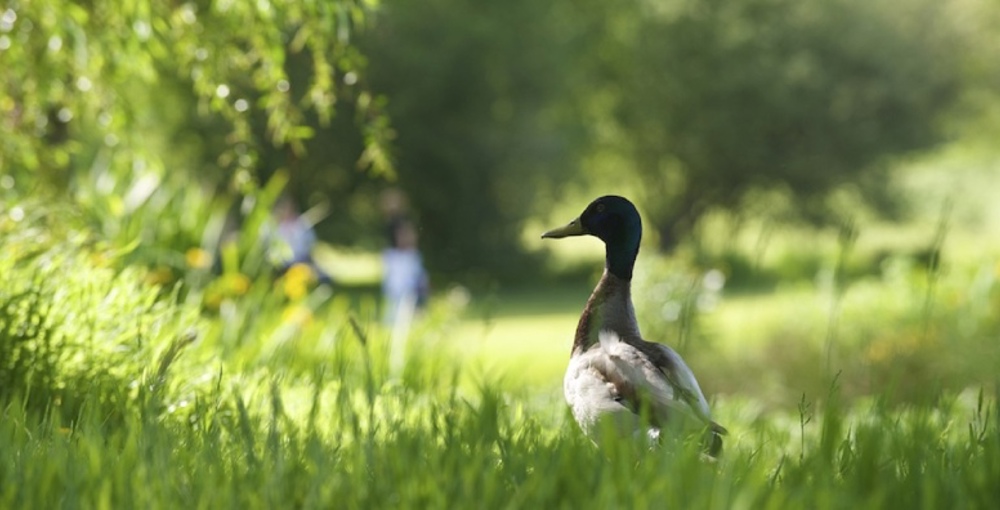
On The Hunt For a Dragon
Between Bures St Mary, Wissington, and Wormingford lies the tale of a fierce dragon and a walk among some of the most stunning vistas the area has to offer. It is also a wonderful route to take your bike and cycle nearby!
The Bures dragon was first recorded by a local monk in 1405. He wrote about a terrifying creature that plagued the townsfolk and the village, raining down fire on anyone and anything. The villagers tried to kill the dragon with arrows but its skin was too tough, and so men from around the country were summoned to help kill the dragon. The story goes that the dragon fled down the river to the village of Wormingford, disappearing into the marshes never to be seen again.
Key Sights on the Trail
The Dragon: From the south side of St Stephen’s Chapel in Bures, if you look east, you’ll see a huge landscaped dragon which looks as though it is headed towards Wormingford Mere. Apparently, the best time to see him is in the evening sun.
Wissington Church: Set in gorgeous surroundings, this church is decorated with medieval wall paintings as well as a certain mythical creature, which can be seen in the north doorway.
Arger Fen: A peaceful and ancient woodland reserve that is lovely all year round and the perfect spot for a picnic.
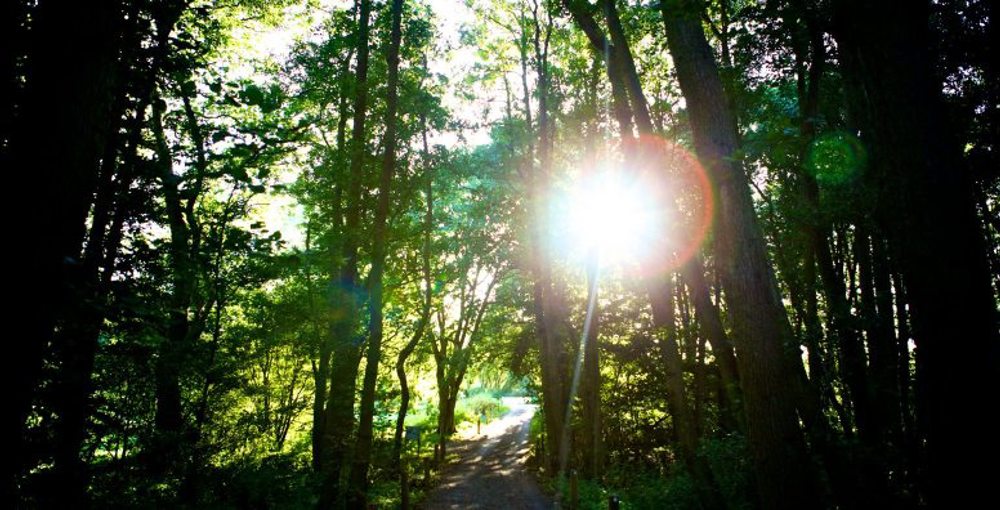
A Walk Full of Mystery and Intrigue
A circular route that encapsulates one of the most interesting and picturesque villages in Suffolk, this ramble around Polstead combines beautiful scenery with the kind of murder mystery plot you (hope) to only see on TV. As you stroll through the pretty rows of thatched cottages and woodland areas, you’ll also pass the site of a sensational murder that occurred back in 1827.
Known as the Red Barn Murder, Maria Marten was the daughter of the village mole-catcher who was involved in an affair with the son of a tenant farmer, William Corder. According to the story, William and Maria would meet at the Red Barn in the evenings to carry on their romance away from prying eyes.
After their affair was discovered, Maria’s parents demanded that the two marry, however, William’s parents were sure to disapprove. So, one day William arranged for Maria to meet him in the barn, where they could run away to Ipswich and elope. Maria went to the barn that very night, but she never came out. A year later, her body was found under the floorboards of the barn. William was swiftly arrested, found guilty of murder, and hung in Bury St Edmunds. The Red Barn burned down in 1842, but the site is still on the trail for tourists.
Key Sights on the Trail
St Mary’s Church: A Norman era building which has one of the only remaining stone spires of its kind in Suffolk. Maria Marten was buried in Polstead’s church, although the site has now been plundered by those looking for souvenirs.
Street Farm: Not too far from the Church and right next to the fish pond is Street Farm, where William Corder lived. Maria Marten’s cottage on Marten’s Lane can also still be seen. Look out for the plaques!
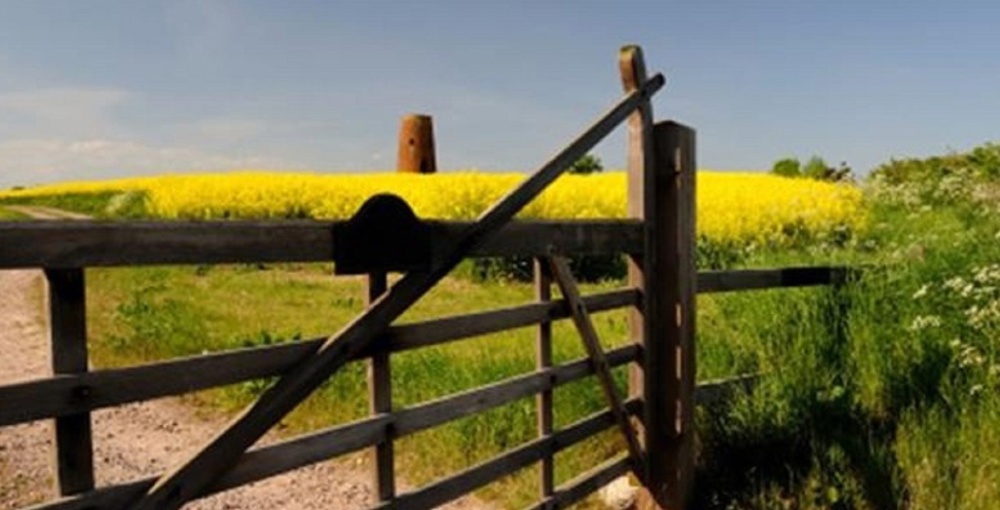
The Brett Valley Walk
Starting in Stratford St Mary, one of John Constable’s favourite villages, this walk in the Brett Valley will captivate all those who try it - taking walkers through idyllic villages such as Withermarsh Green, Shelley, Lower Raydon, Holton St Mary, and Higham. At 12 miles (or 19km), this is a more challenging walk but one that you’ll reap rewards from if you decide to attempt it.
Stroll along the River Stour, visit an original Saxon settlement, and discover Gifford’s Hall, the historic home of the Mannock family, then enjoy the woodlands which have grown on the low-lying land. The Brett Valley walk is a fantastic ramble to do if you’re looking for a full day out to really experience our Area of Outstanding Natural Beauty.
Key Sights on the Trail
Holly Hedges: Shelley is known for its clipped holly hedges, and there are several superstitions linked to it. Apparently, it was bad luck to cut down a holly bush as they were used as markets for ploughmen. Sticks of holly are also thought to bring home runaway cattle.
All Saint’s Church: This church is the resting place of Elizabeth Gosnold Tilny, who was the sister of one of the founding fathers of America, the Jamestown colonist Bartholomew Gosnold.
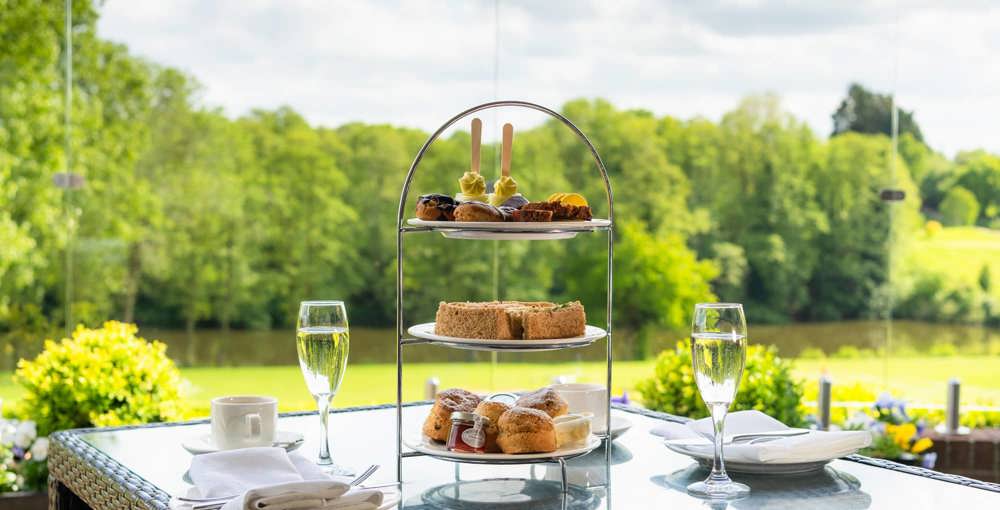
Unwind and Relax in Our Resort
Our walking route brochure is available at the reception of the resort for guests who wish to explore the natural beauty of the surrounding countryside further. Meander through picturesque trails, breathe in the fresh air and immerse yourself in the tranquil charm of the landscape.
After a long walk, take the opportunity to rejuvenate in our luxurious Peake Spa, where you can enjoy a range of soothing treatments designed to refresh both body and mind. For a more indulgent experience, treat yourself to a delightful afternoon tea featuring an exquisite selection of teas, freshly baked scones, and delectable pastries, all while soaking in the breathtaking panoramic views of the iconic Constable Country.
FAQs
Is parking available on-site?
Yes, we offer complimentary parking for all guests so you can explore the wonderful scenery surrounding our resort.
Do you have any recommendations for local sights?
Our friendly reception team will be happy to recommend places to visit, things to do and local attractions for your stay with us. We also have a walking route brochure that you can map out your route and take with you.
If I want to take my bike to cycle these routes, do you have somewhere I can store my bike?
Yes, we have bike racks in our car park, so you can safely store your bike on-premises as a guest. We also have some recommendations for other cycling routes, as well as a shop on-site for any essentials you may need on your trip!
For more frequently asked questions, visit our FAQs page.





